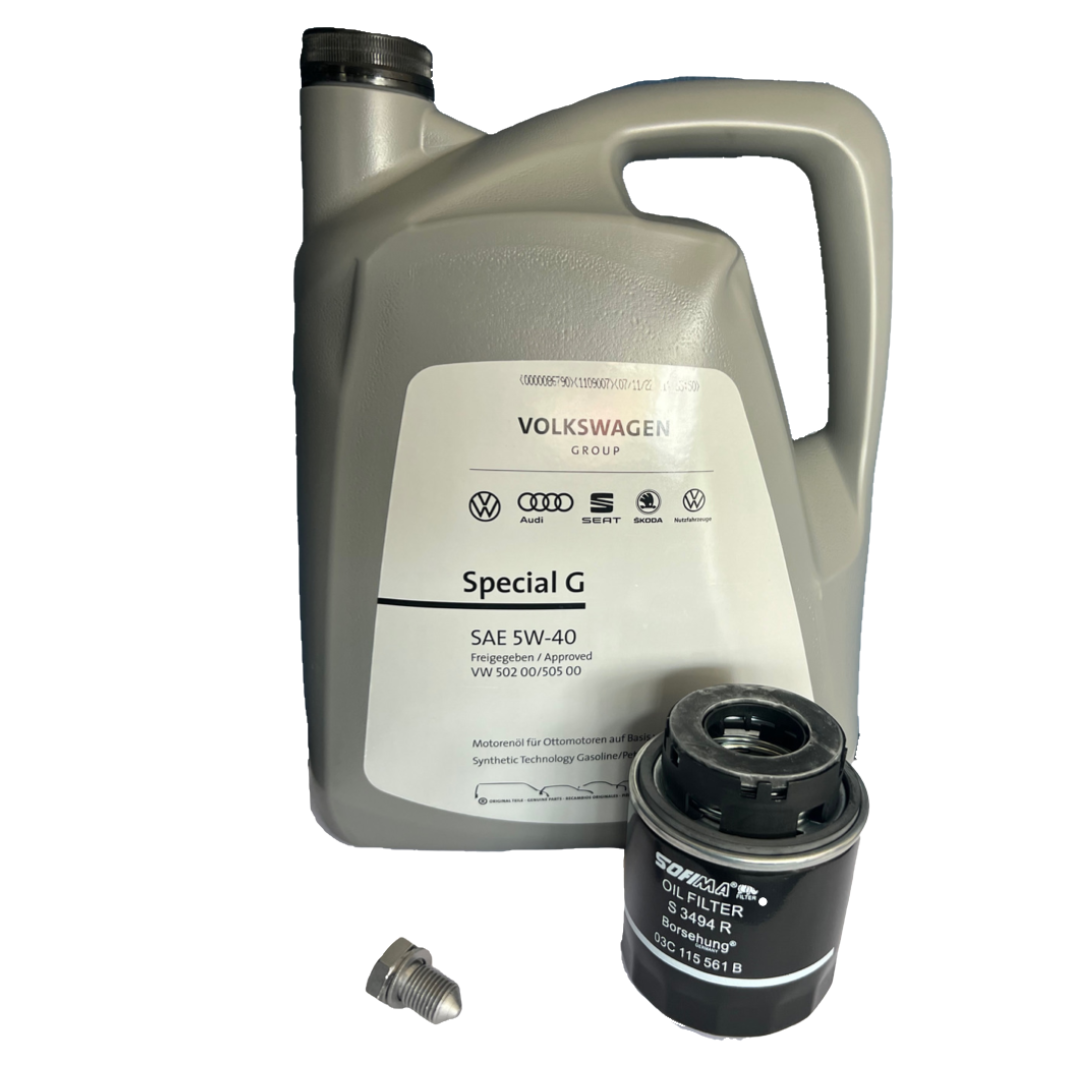Replace a state-of-the-art clp engine for better performance.
Replace a state-of-the-art clp engine for better performance.
Blog Article
Exactly How a Clp Engine Can Improve Performance in Various Industries
The advent of CLP engines marks a considerable shift in functional efficiency throughout various fields, driven by their ability to maximize fuel intake and lessen downtime. Industries such as manufacturing and logistics stand to get considerably from their durable layout and constant power result, which promise to simplify procedures and boost productivity. As companies increasingly prioritize sustainability along with efficiency, the function of CLP engines comes to be even extra vital. What continues to be to be seen is how these improvements will certainly shape the future landscape of industrial procedures and their influence on broader financial fads (clp engine).
Review of CLP Engines
CLP engines, or Constant Liquid Propellant engines, represent a considerable development in propulsion technology, specifically for room applications. These engines use a continuous feed system that allows for the continual expulsion of propellant, bring about improved efficiency and efficiency contrasted to conventional strong or hybrid propulsion systems. By keeping a continuous flow of fluid propellant, CLP engines can accomplish much more precise drive control, which is vital for navigating spacecraft in various goal situations.
The layout of CLP engines incorporates advanced materials and ingenious fuel monitoring systems. clp engine. This results in lowered weight and boosted reliability, crucial elements for long-duration space goals. Additionally, the continual operation decreases the danger of burning instability, a common obstacle in conventional rocket engines.

Advantages in Production
The production of Continual Liquid Propellant (CLP) engines provides several remarkable benefits that enhance both efficiency and cost-effectiveness. Among the key advantages is the streamlined manufacturing procedure, which lowers the intricacy related to standard propulsion systems. By using liquid propellant, manufacturers can attain higher precision in engine performance, causing optimized energy result and minimized waste.
Furthermore, CLP engines facilitate a greater degree of modularity, allowing for less complicated assimilation right into various manufacturing lines. This flexibility can dramatically reduce lead times and boost general operational adaptability. Making use of CLP innovation additionally often tends to decrease the need for considerable maintenance because of fewer relocating parts, which converts into lowered downtime and operational costs.

Applications in Logistics
Leveraging Constant Liquid Propellant (CLP) engines in logistics uses substantial benefits in functional performance and integrity. These engines give a durable remedy for numerous transport requirements, allowing the seamless movement of goods across vast ranges. The inherent layout of CLP engines permits for regular power outcome, which translates into smoother and more predictable transport routines.
One of the essential applications of CLP engines in logistics is in sturdy products transport, where they can drive both ground and aerial automobiles. Their capability to maintain high performance under differing tons conditions guarantees that delivery timelines are fulfilled, consequently improving customer fulfillment. Furthermore, CLP engines can be integrated right into automated logistics systems, promoting real-time monitoring and enhancing route preparation.
Furthermore, the toughness of CLP engines decreases maintenance downtime, enabling logistics companies to optimize their functional capacities. This is especially advantageous in warehousing procedures, where effectiveness in handling and delivering goods is site crucial. As logistics remains to progress, the integration of CLP engines stands for a forward-thinking approach that not just improves efficiency yet likewise supports the market's growing needs for reliability and rate.
Effect On Power Efficiency
Exactly How do Continual Liquid Propellant (CLP) engines improve power effectiveness in transport? CLP engines use a constant flow of liquid gas, maximizing combustion procedures and keeping a stable drive result. This layout minimizes energy losses related to conventional burning engines, where gas delivery can vary and cause inefficiencies.
The constant procedure of CLP engines enables for an extra efficient thermal cycle, leading to greater details impulse contrasted to conventional engines. clp engine. This equates to minimized gas intake for the same amount of work done, substantially decreasing functional costs across various transportation industries, consisting of aviation and maritime sectors
In addition, the capability of CLP engines to keep ideal performance under varying tons problems lowers the requirement for regular velocity and deceleration, even more boosting gas performance. Boosted power effectiveness not just contributes to cost savings however also results in reduce greenhouse gas emissions, lining up with global sustainability goals.
Future Trends and Innovations
Arising advancements in Continual Fluid Propellant (CLP) engine technology promise to change the landscape of transport performance and sustainability. As industries pivot toward greener alternatives, CLP engines stand at the center, incorporating ingenious materials and layout approaches that enhance performance while decreasing environmental impact.
One click to read more of one of the most appealing trends is the fostering of hybrid systems that combine CLP engines with renewable resource resources. This synergy can maximize fuel consumption and lower discharges, aligning with international sustainability objectives. In addition, innovations in computational fluid dynamics (CFD) are promoting the style of more aerodynamically effective engines, resulting in lowered drag and enhanced gas effectiveness.
Furthermore, the growth of wise surveillance systems is set to boost operational performances. These systems leverage information analytics and IoT modern technology to enhance engine efficiency in real-time, ensuring that the engines run within their most efficient specifications.
As study remains to check out different propellant formulations-- such as biofuels and artificial gas-- the future of CLP engines looks promising. By taking advantage of these innovations, markets can not just enhance their performance but additionally contribute considerably to a cleaner, extra sustainable future in transportation.
Final Thought
In verdict, CLP engines stand for a substantial innovation in performance throughout several markets. The combination of advanced materials and less relocating parts reduces maintenance demands, while placement with sustainability objectives her comment is here settings CLP engines as a critical technology for the future.
Report this page